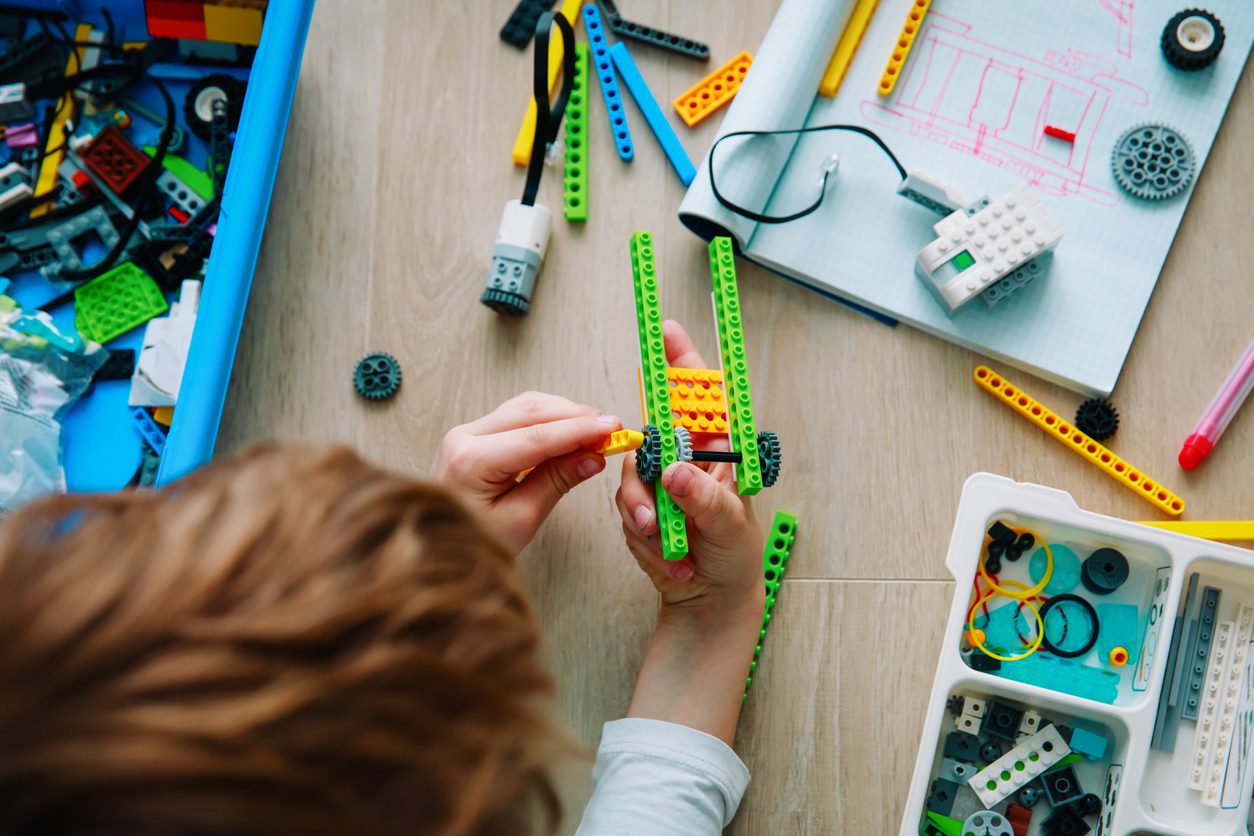Scientific principles are an important part of any student’s education, but they’re not always easy to demonstrate. Here’s how parents can make real world connections to science in everyday life!
Share interesting facts
A great way to get kids interested in scientific concepts is to share interesting facts that will pique their interest. “Did you know” is an excellent way to engage children with thought provoking ideas and may even inspire them to independently pursue the topic further. At Tutor Doctor, we’re a big fan of sharing “cool facts” – so check out these examples if you need some fun ideas!
- 6 Geography Facts Your Kids Will Love
- Mind-Blowing Facts About Our Universe
- 5 Fascinating Facts About the 1969 Moon Landing For Kids
Plan at-home experiments
If you’re able to set aside time for some extended parental supervision, we highly encourage planning some science-based activities at home! One of the best ways to show kids how scientific ideas work in real life is to conduct experiments that actually illustrate these concepts. As an added bonus, many younger students will be required to make a science project at one point regardless – so this is always a good activity to plan ahead for! Here are some awesome science experiments you can try at home.
Encourage STEM activities
Parents are often curious how they can encourage STEM activities at home. For younger kids, we highly recommend STEM toys (like building blocks or science kits) to really provide a hands-on approach towards demonstrating these concepts. Older students may have a greater interest in learning to code – and in today’s app-driven world, there’s no question that these skills are ridiculously valuable (especially when it comes to future career options). Here are some ideas to get started:
- How Building Toys Inspire STEM Careers
- Learn with Toys – Our Top Educational Toys by Age Group
- Computer STEM Projects to Try at Home
- 4 Ways to Get Students Excited About Coding From an Early Age
Take a trip
When it comes to demonstrating scientific concepts to students, it’s hard to beat your local science museum. Your kids will be able to experience hands-on demonstrations, live science experiments, and so much more. The best part is, the overwhelming majority of science museums offer extremely low-cost admission (sometimes free) for students. As an example, the California Science Center currently has free entry for all permanent galleries, and child admission for special exhibits is around the cost of a cheeseburger combo.
When we think of science in today’s world, we’re often immediately drawn to technology and engineering concepts. It’s easy to forget that life science and biology are just as integral to our modern society. For students who are less interested in the engineering and mathematics aspect of STEM, consider planning a trip to a nature preserve, biological gardens, or even the local zoo! And like museums, these are all incredibly affordable activities. Here are a few ideas to get started:
- 4 Creative Ways To Get Your Student Interested In History
- 7 Creative Learning Activities for All Ages
- Four Great Outdoor Hobbies for Young People
- Our Top Virtual Field Trips You Can Do From Home (preview some options!)




